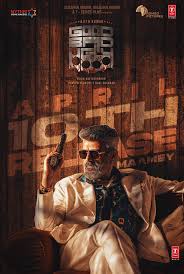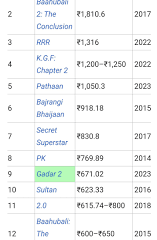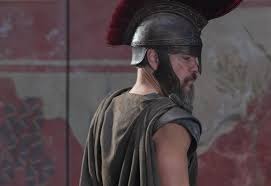The Release Date and Impact of ‘The Good, the Bad and the Ugly’

Introduction
‘The Good, the Bad and the Ugly’, directed by Sergio Leone, is an iconic film in the Spaghetti Western genre that has left an indelible mark on cinema. Released in 1966, this film is part of the so-called ‘Dollars Trilogy’ and features breathtaking cinematography and a memorable score by Ennio Morricone. Understanding its release date and its enduring legacy is essential for film enthusiasts and historians alike.
Release Date and Reception
The film premiered in Italian theaters on December 23, 1966. It was later released in the United States on April 29, 1967, and soon became a cult classic. Despite receiving mixed reviews upon its initial release, it gained substantial acclaim over the years thanks to its innovative storytelling and stylistic elements. It features Clint Eastwood, Eli Wallach, and Lee Van Cleef in the leading roles, each embodying their character’s archetype effectively. The film’s unique blend of humor, tension, and moral ambiguity caught the audience’s attention, ensuring its place in film history.
Legacy and Influence
‘The Good, the Bad and the Ugly’ is not just a film; it is a cultural phenomenon. The film popularized the Spaghetti Western genre globally and influenced numerous filmmakers, from Quentin Tarantino to the Coen Brothers. Notably, Morricone’s score, especially the iconic theme song, has become synonymous with the film itself and is frequently referenced in popular culture. The film’s cinematic techniques, including its use of long shots and zooms, have inspired countless filmmakers around the world.
Conclusion
In summary, ‘The Good, the Bad and the Ugly’ was released on December 23, 1966, and continues to hold significant relevance in the realm of cinema. Its innovative storytelling and stylistic direction have set new standards for the Western genre, and its cultural influence resonates in countless films and media today. This film not only reflects the changing dynamics of storytelling in the 1960s but also serves as a testament to the power of cinema to transcend generations, making it a must-watch for anyone interested in film history.









